Lighting Controls For Hotels
Considerations for hotel lighting projects:
Hotels are all about customer experience. Guests need to feel comfortable and looked after from the moment they check-in. Automatic lighting controls have 2 main benefits; they offer a sense of luxury, whilst reducing unnecessary energy consumption.
Why Choose flex7?
We’ve developed a simple, intelligent control system kit, to replace inefficient card systems and prevent needless energy wastage. The kit is suitable for use in new build applications and retrofit options. It uses occupancy sensing to turn power on when someone enters their hotel room, and automatically turn it off when the occupant leaves.
We also offer a range of lighting connection and control options, including occupancy, absence, daylight linking and daylight dimming. Our corridor hold interface gives you the option to hold lights on in corridors, at a preset level, and there is also the option of integrated emergency test.
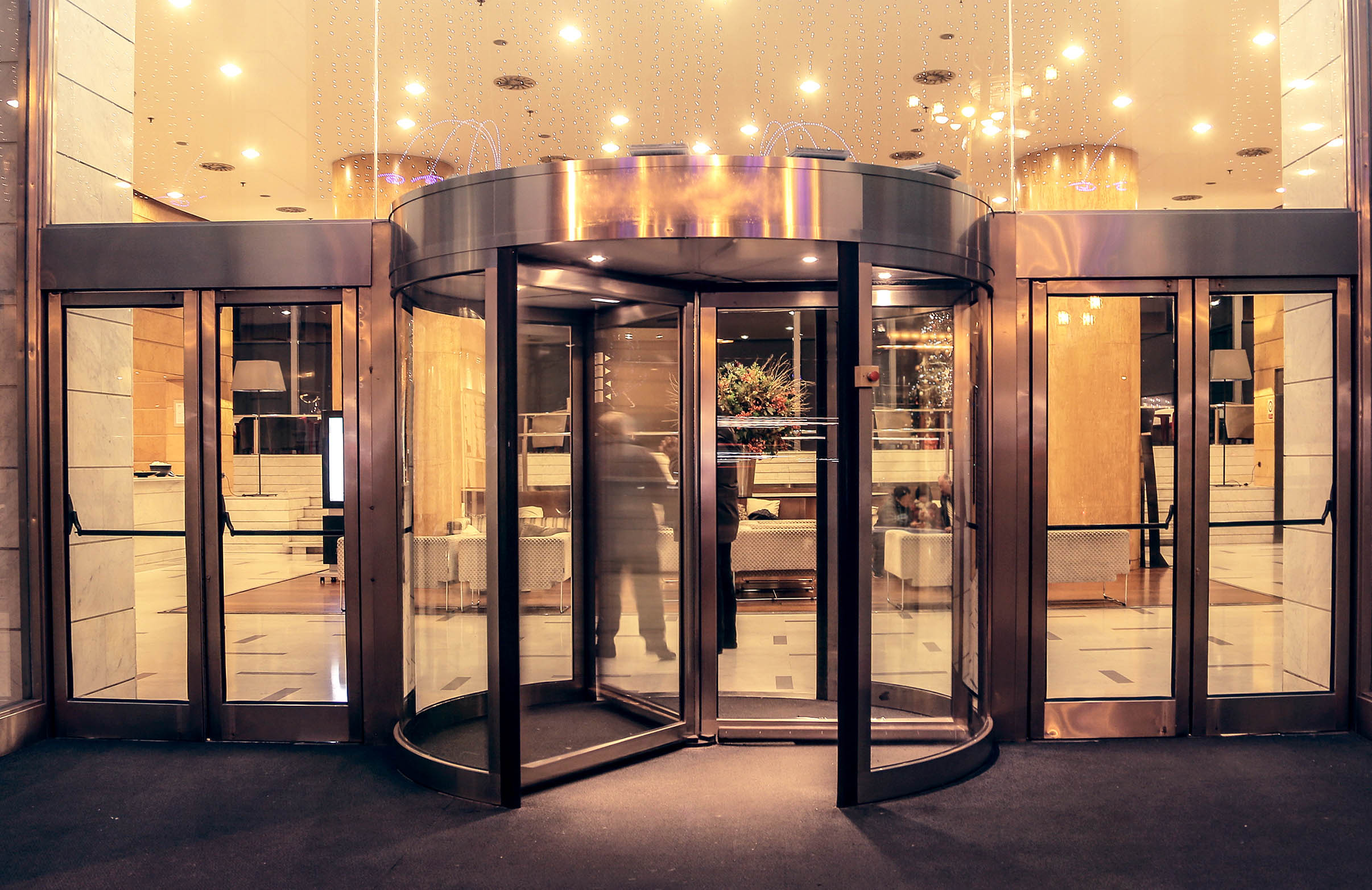
Key features of the flex7 System
No commissioning required
Unlike similar products on the market, flex7 lighting controls do not require expensive commissioning.
Protected Extra Low Voltage
All of our lighting controls operate at PELV, which means that switch drop cables can be set at any depth in the wall, and won’t require extra protection. This makes them a cost effective way of complying with IET 17th edition wiring regulations.
Easy maintenance
In a building that is occupied 24/7 it can be hard to find an opportunity to replace or upgrade parts of the lighting system without causing major disruption. flex7 is a ‘plug and play’ system so if needed, products can be unplugged and replaced in seconds, thus avoiding inconvenience for guests and staff alike.
LSHF Cable to BS EN 50525-3-11 & CPR Compliant to CcA-s1,d1,a1
All of our prewired leads are available in LSHF cable. LSHF (not to be confused with LSF) is now recommended for use in all public buildings due to the safety implications of using PVC or LSF cable, in the event of a fire. CPR compliance has been mandatory in the UK since July 2017. flex7 prewired leads’ reaction to fire properties are amongst the most stringent in our sector making it suitable for all public buildings
Integrated Emergency Test Facility
When flex7 lighting controls are networked together a single key switch can be used to test all the emergency luminaires in an area, on a floor or whole building if desired. As all flex7 controls operate at PELV the voltage at the test switch will operate at below 50V. This avoids scenarios where multiple key switches are grouped in a centralised, multi-gang enclosure with the potential for 415V to be present, which requires extra labelling as per regulation 514.10.1 of BS 7671
Read more about using lighting controls with integrated emergency test
Corridors And Circulation areas
Corridor Hold
Corridor Hold Units from flex7™ will hold lights on in a corridor or circulation area if any of the rooms linked to it are occupied. This is often a requirement for health and safety, or security reasons.
2-Stage Dimming Control
For safety reasons it’s not usually practical to allow corridor lights to fully turn off when unoccupied, especially at night. An alternative however, is to dim luminaires down to a set level. flex7 lighting controls can be programmed to dim luminaires down to a low level when corridors are empty, and turn them back on to full whenever occupancy is detected.
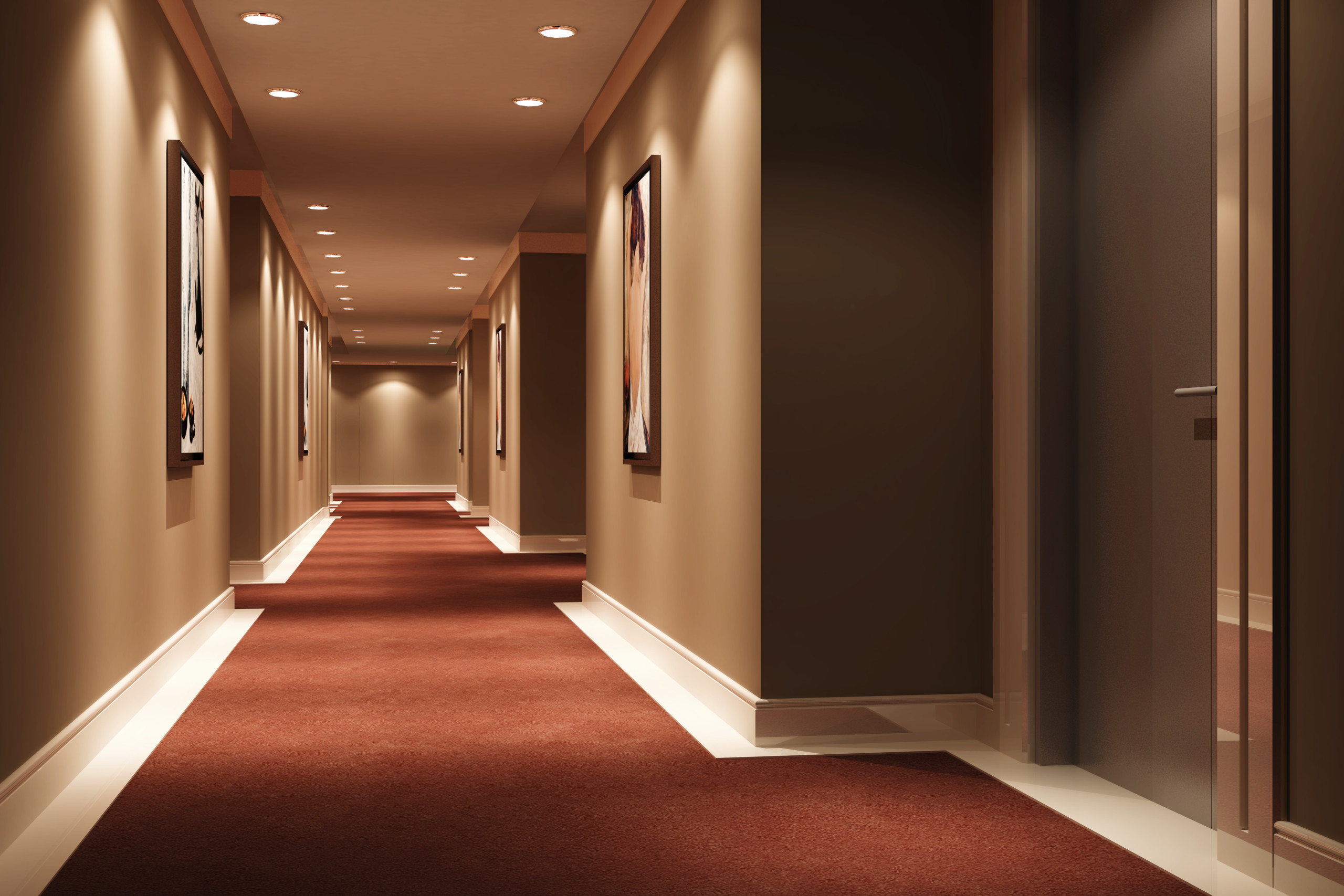
Bedrooms
Hotel Room Energy-Saving Kit
flex7 Hotel Room Energy-Saving Kit offers a tailormade solution for energy efficiency in hotel bedrooms. When implemented throughout a hotel building it offers considerable energy-savings. The system replaces outdated keycard system, and instead works using occupancy detection. Power in the room will only come on, and remain on while the room is occupied.
Power is automatically turned on when someone enters the room, and will remain on until occupancy is no longer detected.
Note: ordinarily only supplies to the room lighting and HVAC system are controlled through the Hotel Room Energy-Saving Kit.
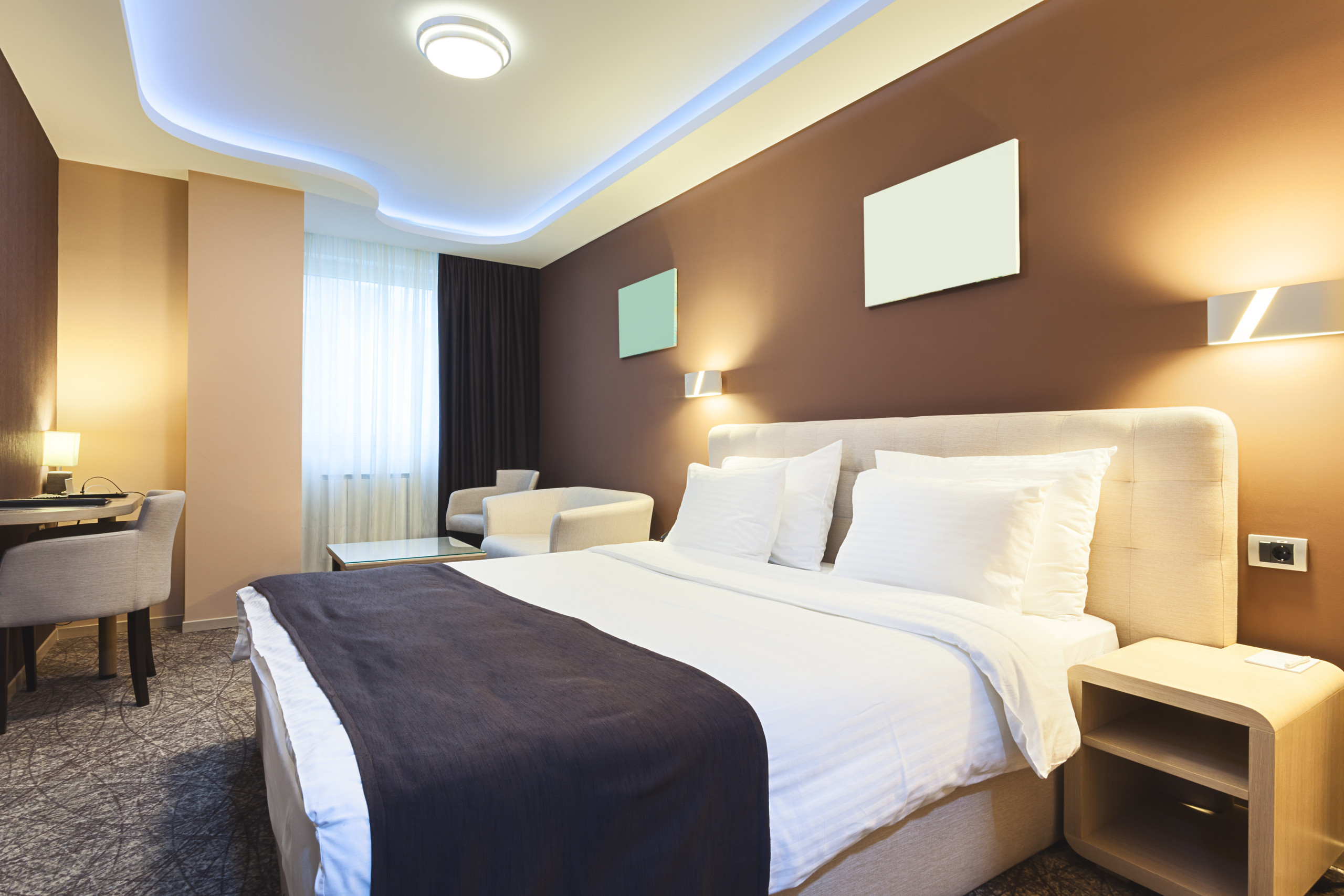
Conference Rooms
Absence sensing
A simple choice for areas with natural daylight. Rather than lights coming on automatically upon entry of a room, they need to be turned on manually. This gives the user greater control, and means that lights are only turned on if they’re needed, but crucially still turn off automatically when the room is unoccupied.
Daylight Linking/Dimming
If enough natural light is available, for maximum energy savings daylight linking or dimming can be utilised. Once installed, sensors will monitor light levels in a room. If natural light is adequate then lights will either dim down, or turn off automatically. If the light in the room falls below a certain level lights will turn back on full.
Conference Room Scene Setting Kit:
A simple plug-together solution for conference and meeting rooms. This kit offers simple plug and play lighting connection and control that allows the user to set and recall 4 scenes.
There is no need for expensive commissioning; the wall-mounted scene setting plate can easily be programmed by the end user.
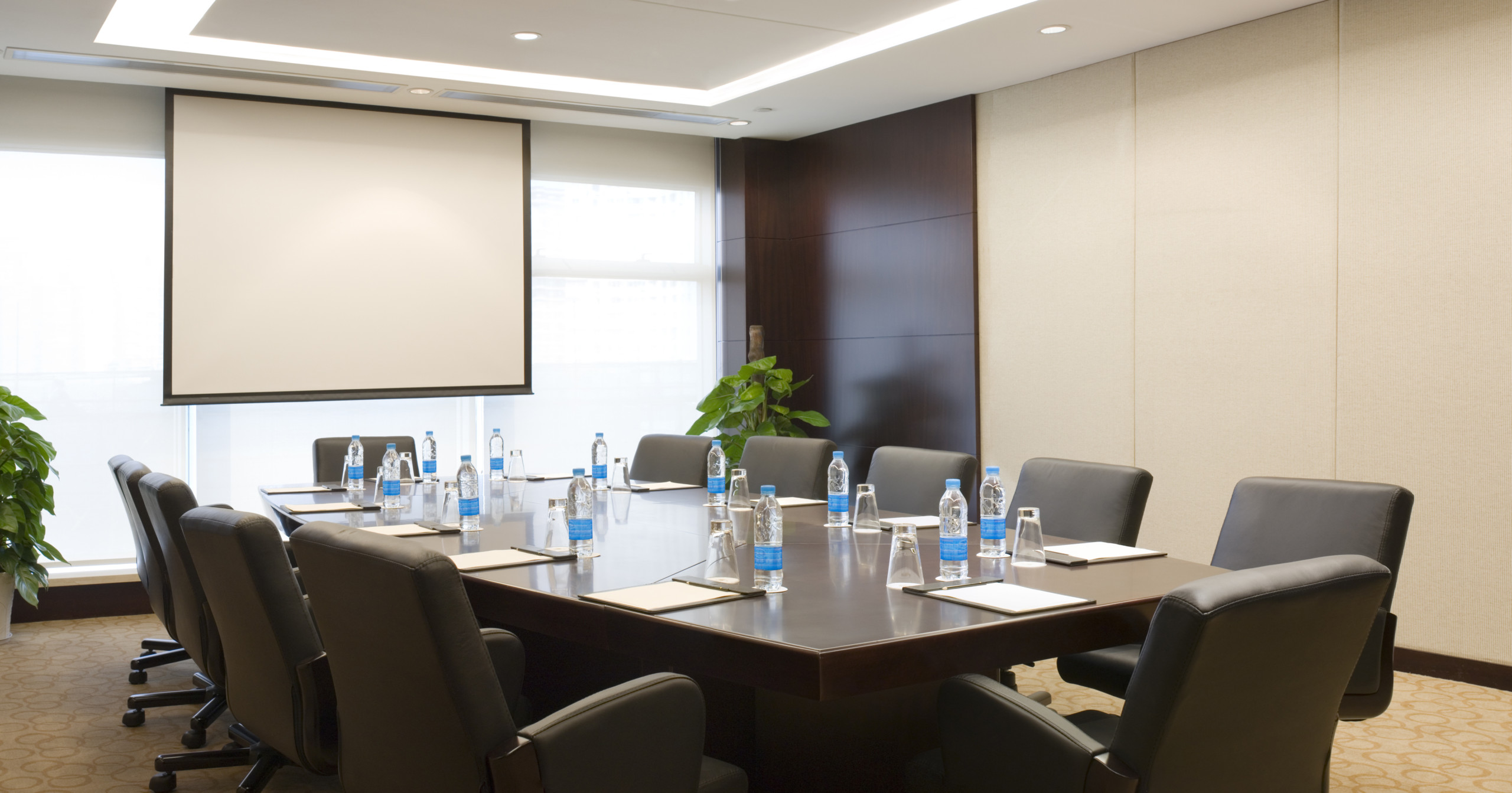
WCs cleaning cupboards etc.
Occupancy Sensing:
Installing occupancy sensors in WCs, stairwells, cupboards etc. is an easy way to prevent energy wastage. Areas such as these are occupied infrequently, so manually switched lights could potentially be left on for long periods of time whilst not in use. Occupancy sensors guarantee that lights are only turned on when a space is in use, and will automatically turn off again once the area is unoccupied.
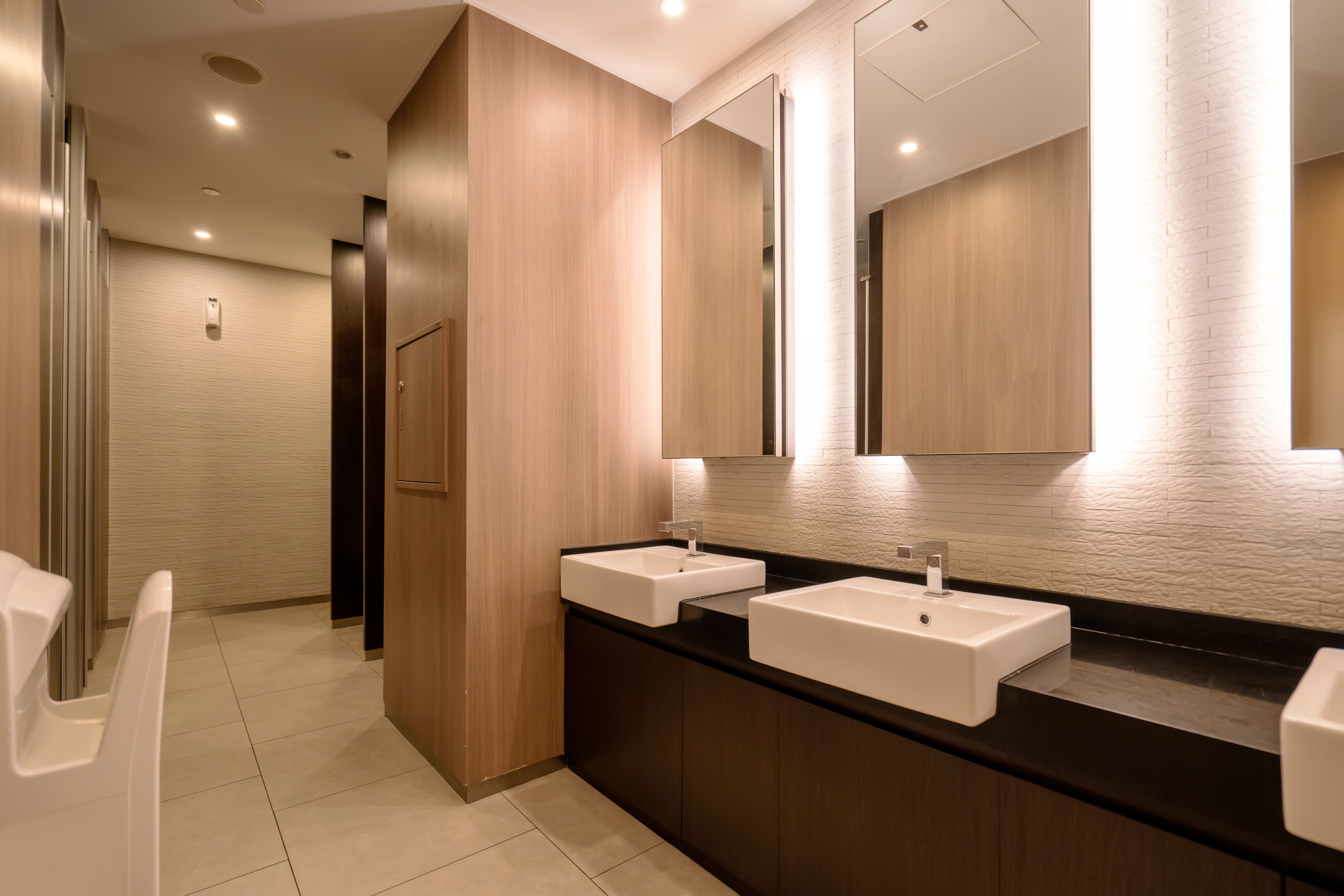
Offices
Occupancy Sensing:
Ideal for use in offices, lights turn off automatically if an area is unoccupied for a set period of time, but will turn on again if someone enters the space.
Daylight Linking Sensors
Usually incorporating absence or occupancy detection, daylight linking sensors save energy by switching lights off/dimming lights down in a room if there is adequate natural light. The controls are programmed to maintain a constant light level and will adjust luminaire output as needed.
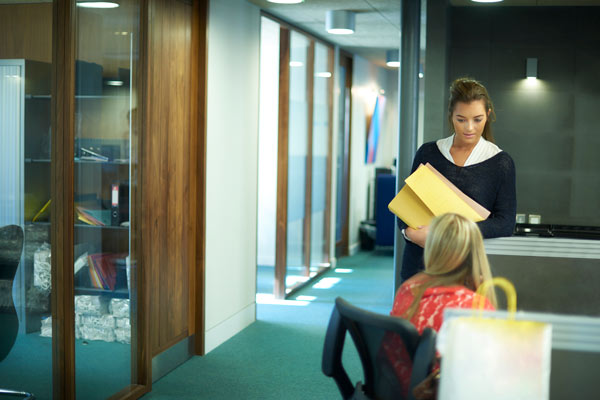
 | Call Us: +44 (0)20 8580 1066 | sales@flex7.co.uk
| Call Us: +44 (0)20 8580 1066 | sales@flex7.co.uk